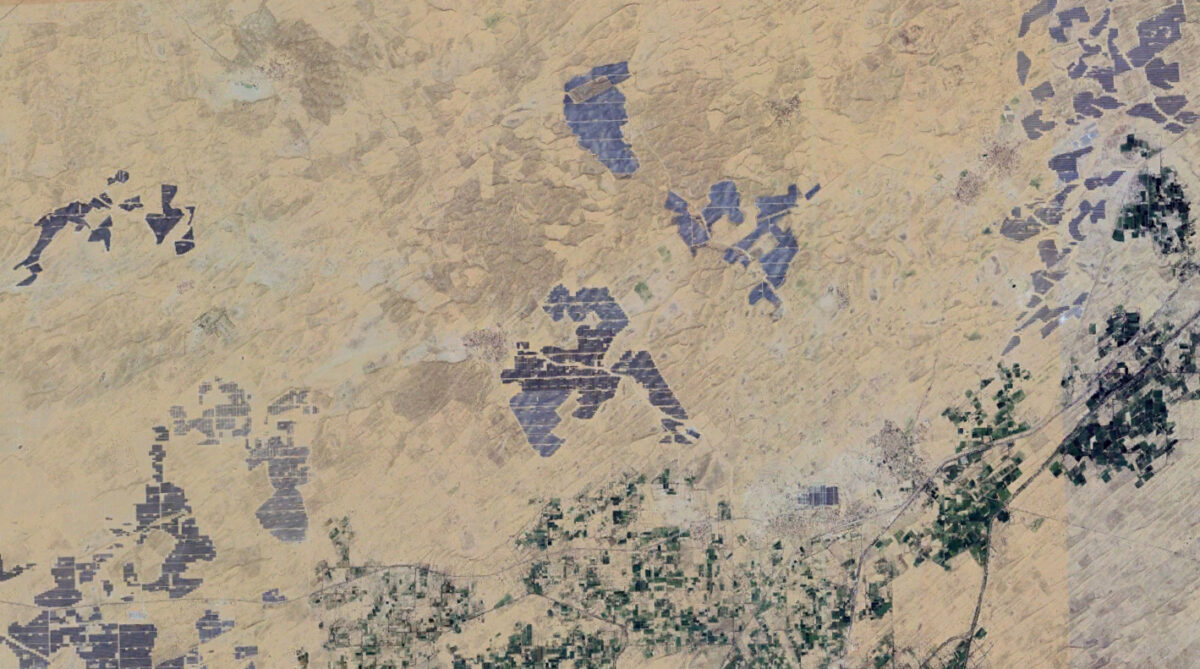From pv magazine Global
Asia is home to more than 50 percent of the world’s population, and in recent years, the region has experienced phenomenal economic growth. With the rise of local economies, the energy demand in the region is increasing faster than anywhere else in the world. Even though the power markets on the continent are tremendously diverse, they share one thing in common: a positive forecast for power demand.
Governments in the region have outlined aspirational plans to accelerate the development of renewable energy. As a result of these efforts, Asia has surpassed North America and Europe in terms of its renewable energy generation.
IRENA’s report Renewable Capacity Statistics 2023 shows that in 2022, Asia accounted for nearly 60 percent of the worldwide increase in renewable energy generating capacity, resulting in a total of 1.63 Terawatt (TW) of renewable capacity by year end. A huge part of this increase occurred in China. The country makes up the lion’s share of global renewable energy, adding 141 GW to the continent’s new capacity. With its commitment to achieve net-zero emission by 2060, the country is one of the key destination for renewable-energy development. There are several factors boosting the impact of renewables on China’s energy landscape, such as decline in the levelized cost of energy (LCOE) which is happening hand in hand with an expansion of emerging technologies.
“Thanks to China’s “30/60 dual-carbon” ambition and its targets imposed on energy state-owned-enterprises and local governments, as well as the robust development of local supply chain, wind and solar installed capacity has increased massively in 2022, setting a record high regardless of the pandemic impact,” said Sharon Feng, Research and Advisory Service Director, Azure International.
Meanwhile, the Middle East recorded its largest increase in renewable energy capacity to date last year, commissioning 3.2 gigawatts of new capacity, reflecting a 12.8 percent increase, the report said.
“With a 12.8 percent growth rate in installed capacity of renewable energy, albeit from a relatively low starting base of 25.3GW, the Middle East region has a significant transition ahead to achieve the Paris commitments and net zero targets some countries have committed to,” said Mohammed Atif, Area Manager Middle East, DNV. “A firm pledge to the right policy, regulation and financing frameworks is going to be essential to drive additional renewable capacity growth. COP28 will be a pivotal inflection point for accelerated transformation,” he added.
Globally, renewable capacity grew by 9.6 percent in 2022, adding a record 295 GW worldwide. This accounts for 83 percent of all power capacity added last year and brings the global renewable generation capacity to 3,372 GW by the end of last year, the report said.
To read the report, go to: www.irena.org/Publications/2023/Mar/Renewable-capacity-statistics-2023
The views and opinions expressed in this article are the author’s own, and do not necessarily reflect those held by pv magazine.
This content is protected by copyright and may not be reused. If you want to cooperate with us and would like to reuse some of our content, please contact: editors@pv-magazine.com.








By submitting this form you agree to pv magazine using your data for the purposes of publishing your comment.
Your personal data will only be disclosed or otherwise transmitted to third parties for the purposes of spam filtering or if this is necessary for technical maintenance of the website. Any other transfer to third parties will not take place unless this is justified on the basis of applicable data protection regulations or if pv magazine is legally obliged to do so.
You may revoke this consent at any time with effect for the future, in which case your personal data will be deleted immediately. Otherwise, your data will be deleted if pv magazine has processed your request or the purpose of data storage is fulfilled.
Further information on data privacy can be found in our Data Protection Policy.